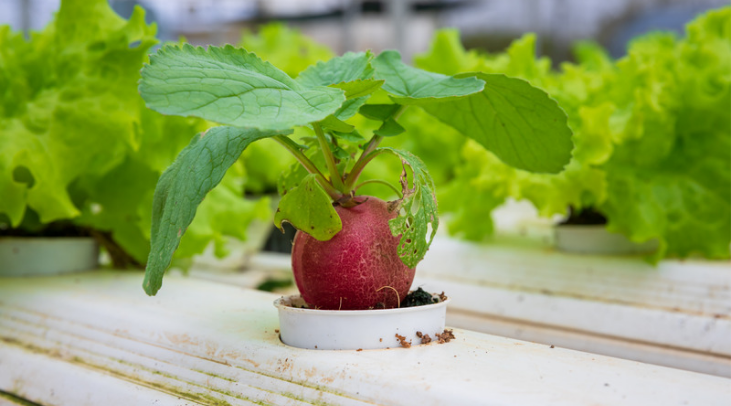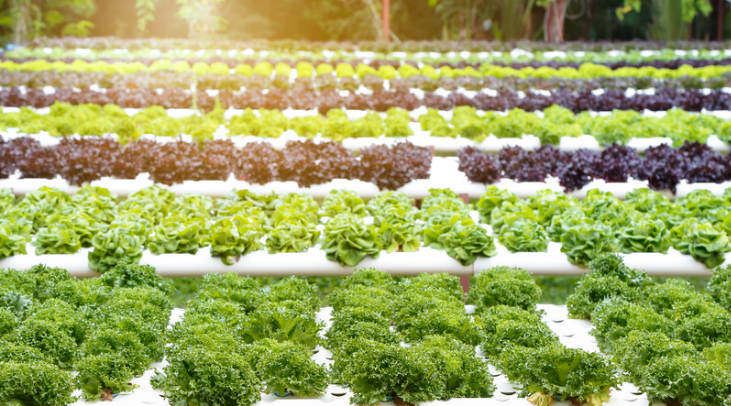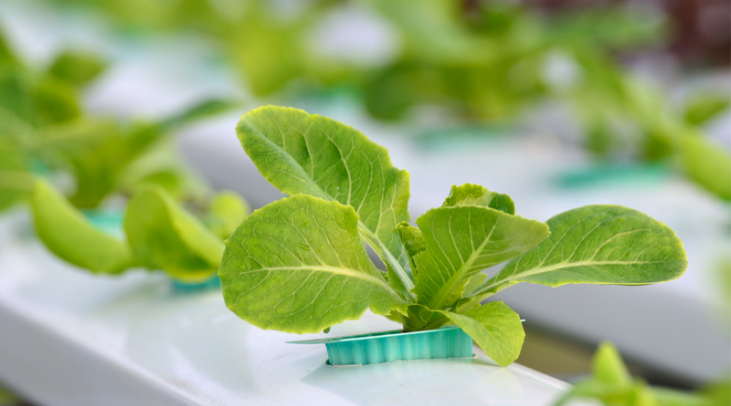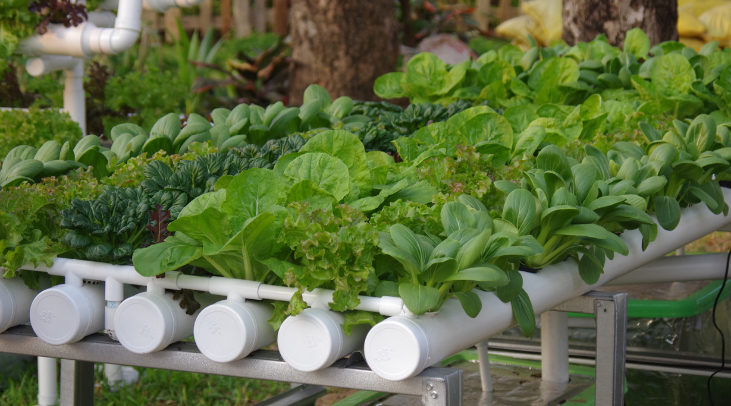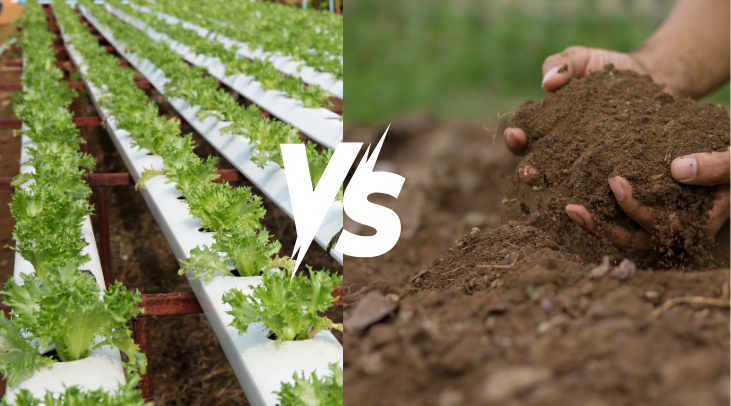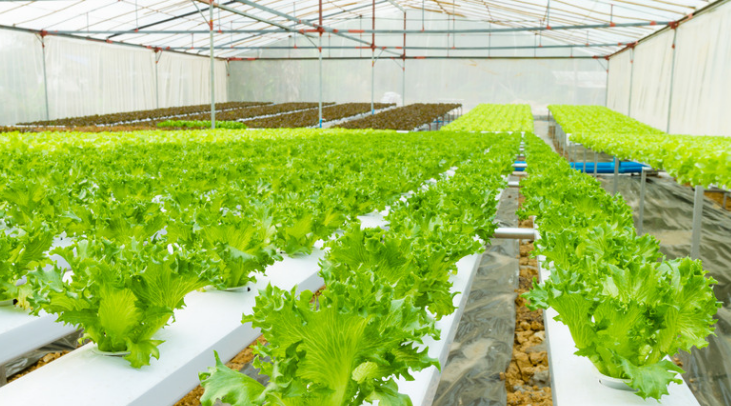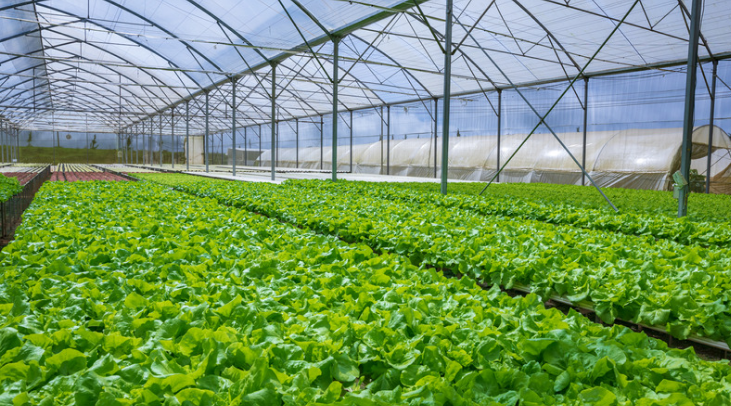Common Mistakes to Avoid in Hydroponic Gardening
Hydroponic planting could be a phenomenal way to develop new, pesticide-free create with less water and space compared to conventional soil-based strategies. Be that as it may, like several specialized shape of agribusiness, it comes with its possess set of challenges. Underneath are a few common botches to maintain a strategic distance from to guarantee a flourishing hydroponic cultivate. Dismissing pH Levels Issue: Plants in hydroponics depend intensely on a adjusted supplement arrangement, and pH levels straightforwardly affect supplement take-up. Arrangement: Regularly monitor and alter pH levels, in a perfect world keeping it inside the 5.5–6.5 extend. Employing a advanced pH meter can give the foremost exact readings. Ignoring Water Quality Issue: Destitute water quality can present hurtful minerals, chemicals, or pathogens into the framework. Arrangement: Erroneous Supplement Adjust Begin with decontaminated or sifted water, and maintain a strategic distance from utilizing water that’s as well difficult or tall in salts. Routinely alter the water and clean the store to keep the arrangement new. Issue: Plants require the correct blend of supplements, and an awkwardness can stunt development, cause discoloration, or reduce surrender. Arrangement: Utilize a hydroponic-specific supplement mix and take after a plan to maintain a strategic distance from over- or under-fertilization. Invest in a supplement meter to check concentrations. Inappropriate Lighting Issue: Plants in hydroponic frameworks ordinarily depend on fake light, and lacking or over the top lighting can prevent development. Arrangement: Contribute in high-quality develop lights reasonable for the plant sort. Alter light remove and length based on the plants’ needs (most plants require 12–16 hours of light every day). Inadequate Discuss Circulation and Ventilation Issue: Stagnant discuss can lead to shape, mold, and an undesirable developing environment. Arrangement: Guarantee great wind current by introducing fans and, in the event that fundamental, a ventilation framework to preserve temperature and mugginess levels. Destitute Temperature Control Issue: Temperature changes can push plants, causing moderate development or shrinking. Arrangement: Keep up reliable temperatures suited to your plant species, regularly between 65–75°F (18–24°C) for most vegetables and herbs. Ignoring Root Wellbeing Issue: Hydroponic plants depend on their root framework to retain oxygen and supplements, so unhealthy roots can lead to destitute plant execution. Arrangement: Frequently assess roots for signs of decay or discoloration. Guarantee legitimate oxygenation within the water by utilizing discuss stones or comparable hardware, particularly in frameworks like DWC (Profound Water Culture). Swarming Plants Issue: Packed plants compete for light, supplements, and space, restricting their development potential. Arrangement: Give sufficient dividing for each plant and be careful of root development, especially in littler hydroponic frameworks. Skipping Customary Framework Support Issue: Over time, mineral stores, green growth, and buildup can collect, disturbing supplement stream and advancing infection. Arrangement: Clean your framework altogether each few weeks, supplanting water and sterilizing components. This avoids clogs, defilement, and supplement lopsided characteristics. Not Checking Plant Wellbeing Closely Issue: Disregarding early signs of issues such as yellowing takes off, hindered development, or leaf spots can permit issues to compound. Arrangement: Frequently review plants for any changes in appearance. Catching issues early permits you to create adjustments some time recently they affect the complete edit. By being careful of these common botches, you’ll be able make an ideal environment for your hydroponic cultivate to thrive. Keep in mind that each plant species may have interesting prerequisites, so fine-tuning your setup can assist upgrade development and surrender. Upbeat cultivating!
Common Mistakes to Avoid in Hydroponic Gardening Read More »

